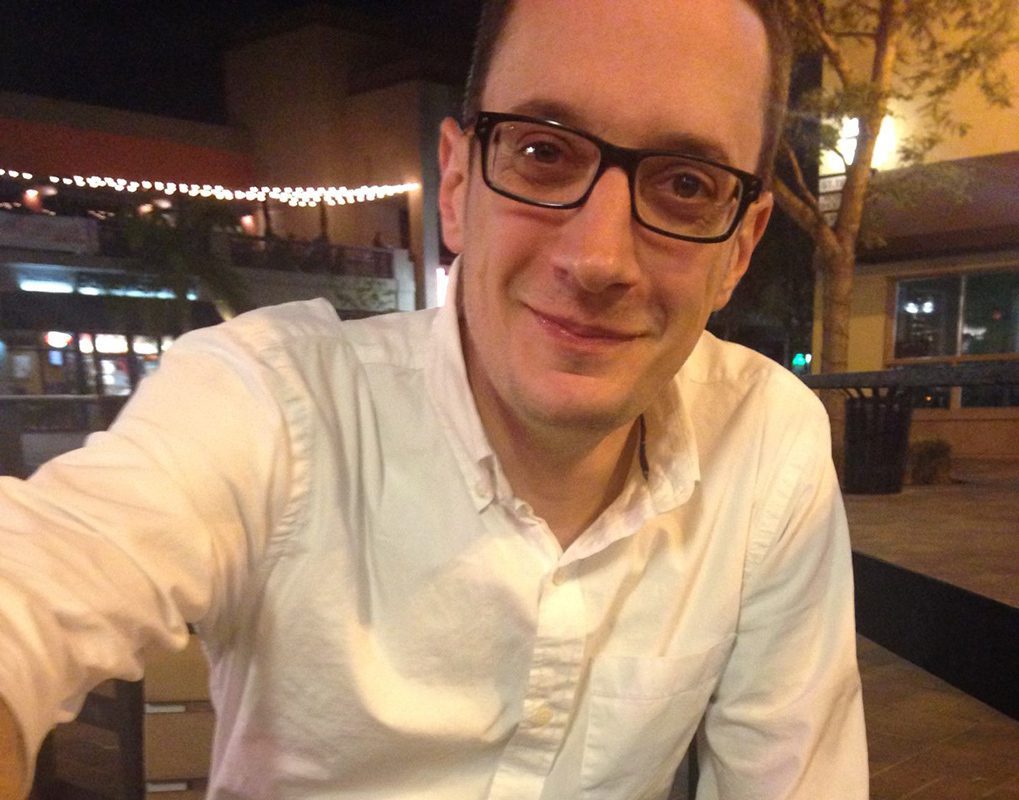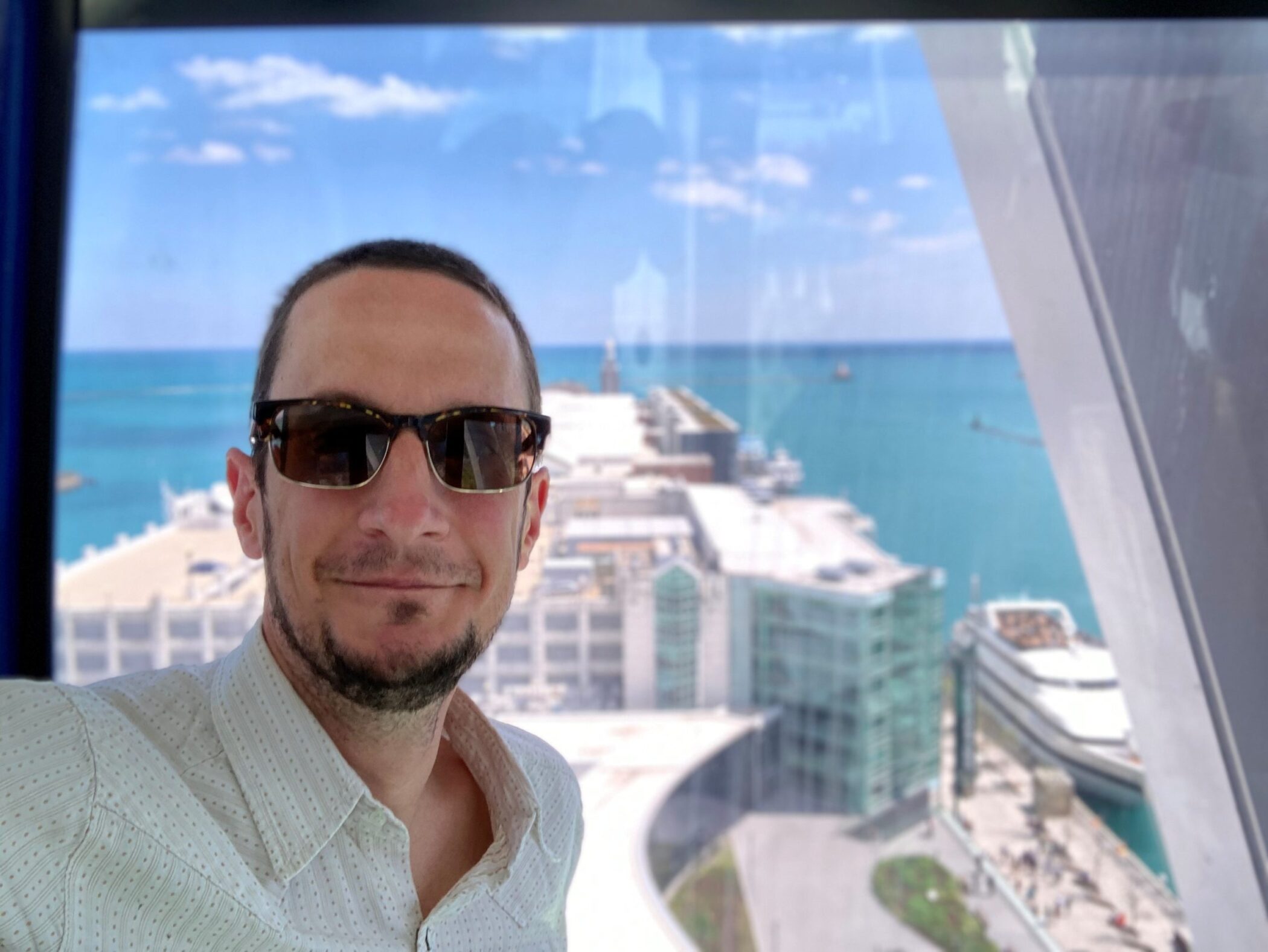Please be aware that the content on this webpage was authored more than 6 months ago, so some information may be outdated or no longer accurate. For more information, please contact our team.
JC Aevaliotis, a program officer with Polk Bros. Foundation shares how much Navy Pier means to him personally and professionally.
What did the reopening of Navy Pier mean to you?
The Pier reopening was important for me on professional and personal levels. As a Chicagoan, after a year of fear and uncertainty and so much of life stopping because of COVID-19, it felt like an important part of our city coming alive again. The Pier is also a place where I’ve had so many wonderful times with my family. We’ve spent a lot of time there, and my children have wonderful memories and associations with so many events and institutions on the Pier. We went back the first weekend the Centennial Wheel was open. The whole experience blew my daughter’s mind. She was 2, and there are so many things that were normal for her older brother that she’s never experienced because of the pandemic. To be able to give her that experience, a sweet treat on the Pier and a chance to see our amazing city from the Wheel on a gorgeous spring day, meant the world. A bright, happy moment after a long stretch of very hard times. She still talks about it and asks frequently when we can go back.
How has Navy Pier made a positive impact on the important work of the Polk Bros. Foundation?
The Pier has become an important partner in the Foundation’s work supporting arts and culture organizations in Chicago. What we care about most in our work with arts organizations is access, helping ensure that every child in Chicago has access to arts education and all that it makes possible. Our support of free cultural programs at the Pier is also about access, both for the Pier visitors and for arts organizations. It really matters to us that visitors to the Pier get a chance to experience Chicago through artists from every corner of the city and from all the cultures and communities that make Chicago what it is. That matters a lot for arts organizations, too. I’ve had multiple partners we fund tell me that performing at the Pier has expanded their audience and helped them reach new people.
How has Navy Pier provided a platform for helping to drive your organization’s mission forward?
Through partnerships with arts and cultural organizations from across Chicago — including many Polk Bros. Foundation grantees — the Polk Bros Performance Lawns allow the Pier to engage and inspire the city’s economically, racially, and culturally diverse residents and visitors. This is about creating opportunities for all Chicagoans and our city’s visitors to come together to celebrate Chicago, explore the arts and enjoy themselves. This is a place where the Pier’s mission and the Foundation’s vision align. Organizations we support tell us that performing at the Pier helps make them stronger. They find new audiences. They give their performers, both students and professionals, important performance opportunities in major venues. And one organization we fund said something about performing at the Pier that’s always stayed with me. The executive director described having one of his board members see the organization perform to an enormous audience at the Lake Stage. He said it made this longtime board member see the organization in new ways, made him feel even prouder and more engaged. That, to me, is a specific way that an organization grew stronger by performing at the Pier.
How would you describe Navy Pier to someone who has never been to Navy Pier before?
I really love the idea of the “People’s Pier,” the vision in Daniel Burnham’s 1909 Plan of Chicago. Chicago is truly unique in how much of its amazing lakefront is retained as public land, and the Pier is an important part of that legacy. I’d tell someone that it’s a magnificent public space on one of the most beautiful parts of the Chicago lakefront where they can access gorgeous parks and arts and culture programs from every corner of our incredible city. I’d tell them they can also find food from all over Chicago and experience cultural institutions and family attractions that they will love. It’s a lens through which to see so much of Chicago, whether you’re a long-time resident or a visitor.
“I really love the idea of the ‘People’s Pier,’ the vision in Daniel Burnham’s 1909 Plan of Chicago. Chicago is truly unique in how much of its amazing lakefront is retained as public land, and the Pier is an important part of that legacy.”

